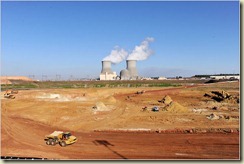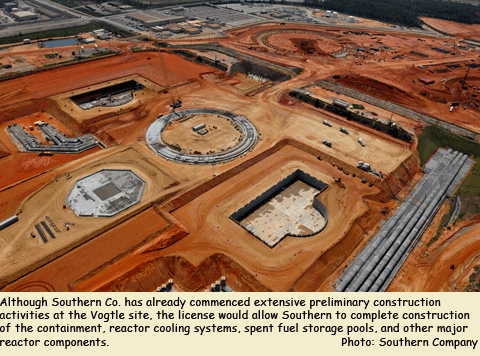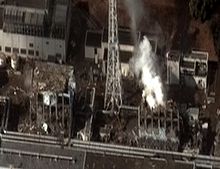Southern Company might want to pay attention to this story about shareholders protesting the owner of the radiation-leaking Fukushima nuclear plants complaining in record numbers. Or SO shareholders might want to pay attention.
Mark Willacy wrote for Australia Network News, Fukushima report prompts anger at TEPCO meeting,
Anger against the company has intensified, after it released an
in-house report into the disaster, in which it denies ever hiding information and blames the Japanese Government for confusion and delays.
In its 352-page report, TEPCO also claims that on March 13, less than 48 hours after a massive tsunami slammed into the Fukushima nuclear plant, it dispatched employees to the village of Namie, just a few kilometres north-west of the plant, and right in the path of the approaching radioactive plume.
But Tamotsu Baba, the mayor of Namie, has told the ABC’s AM that claim is a lie.
“TEPCO’s report says that on the 13th of March their employees visited our offices to explain the situation,” he said.
“We were never visited by anyone from TEPCO. Nor was the situation explained to us.
“I feel they are liars. TEPCO’s report makes me angry.”
TEPCO of course says it didn’t lie, however:
Continue reading




